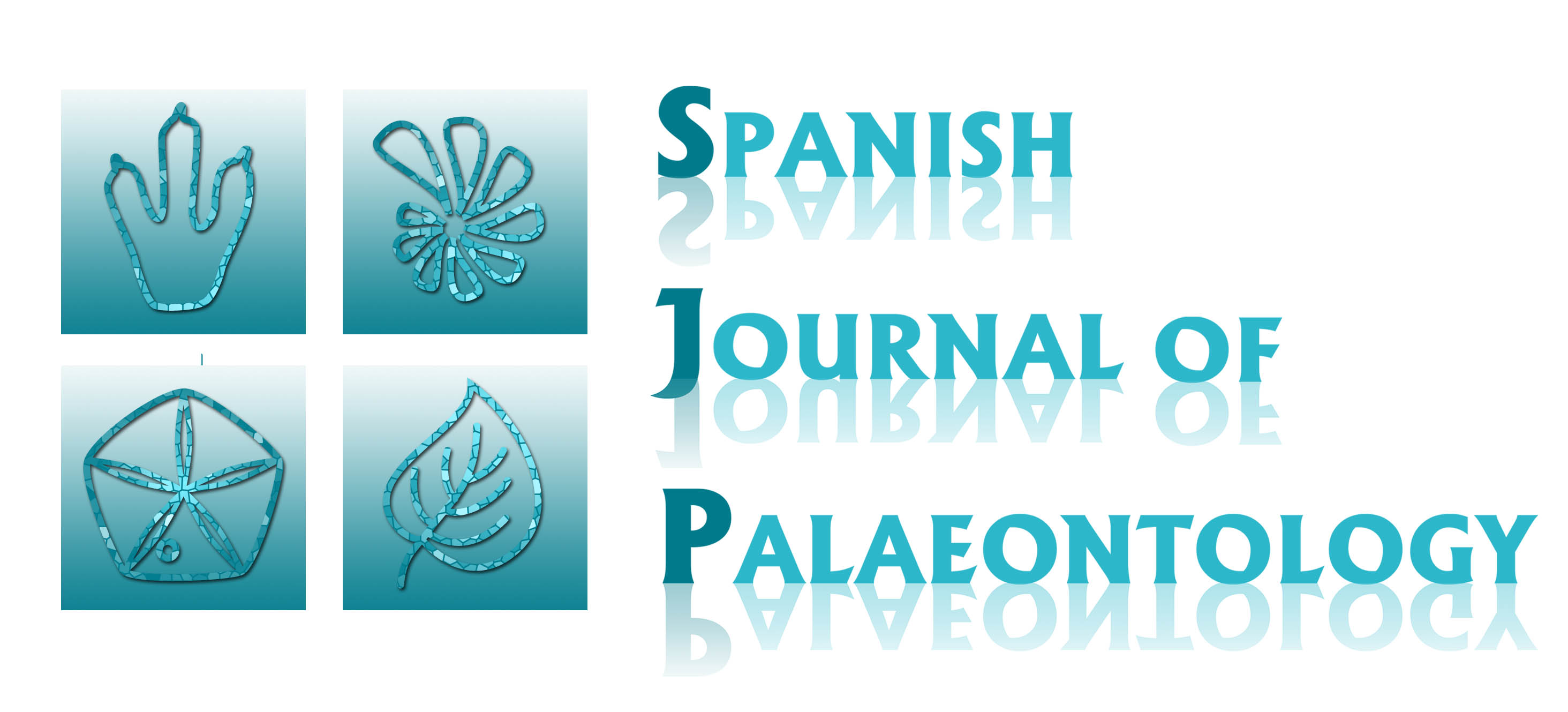Is palaeoanthropology being built on scientific foundations?
DOI:
https://doi.org/10.7203/sjp.29838 Abstract
Abstract
The comparative method in palaeoanthropology has been predominant over the hypothesis-testing scientific method. Multiple interpretations over the same phenomena commonly co-exist given the relaxation of demarcation criteria. The contingent nature of non-reproducible phenomena in palaeoanthropology and the epistemological limits of the comparative method for addressing structural and more systematic palaeobiological processes have made it difficult to discern the extent to which palaeoanthropology is guided by scientific protocols. The imprint of corporative and neo-liberal policies in academia has found in essentially non-experimental disciplines a good field in which academic dynamics are ruled by patronizing networks of academic elites that produce and maintain trends, paradigms that do not need to be subjected to heuristics, research agendas frequently with specific political content, and control of the discourse of the past. Foucault argued that such a power-implanted structure is not intentional but emergent at the institutional level. This translates into a palaeoanthropological praxis that thrives on fact-collecting, and which produces interpretations that cannot be checked against any demarcation boundary to test their heuristics. This is reflected in the fact that paradigms may emerge and disappear in palaeoanthropology without need to confront them with their empirical content. Some examples are presented that justify this assertion
 Downloads
Downloads

Downloads
Published
How to Cite
-
Abstract213
-
PDF354
Issue
Section
License
Copyright (c) 2024 Manuel Domíngez-Rodrigo, Luis Alcalá

This work is licensed under a Creative Commons Attribution-NonCommercial 4.0 International License.
![]()
This is an open-access article distributed under the terms of the Creative Commons Attribution 4.0 International License.


